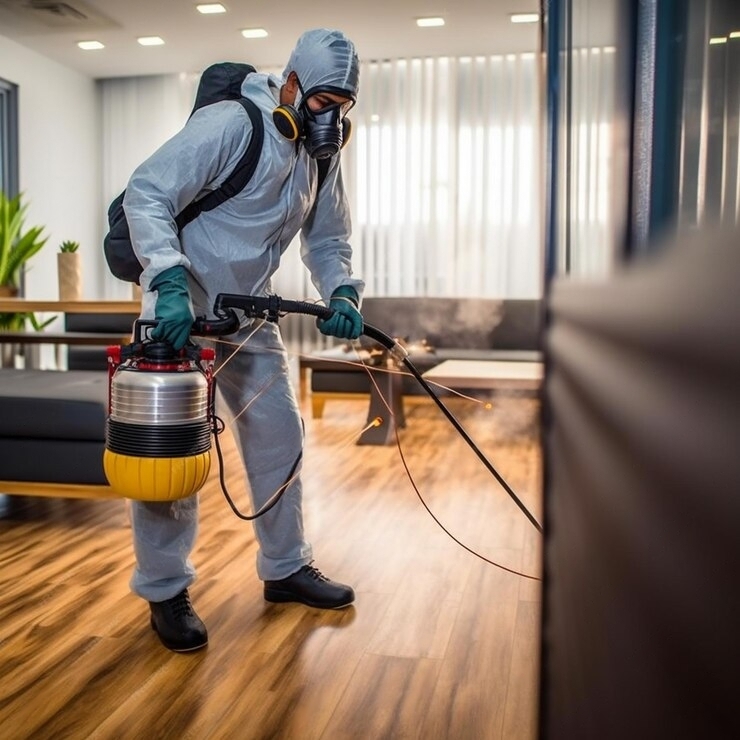Fire Ant Control Services
Fire ant control is crucial for safeguarding your home and yard from these aggressive and painful pests. Fire ants can cause significant discomfort with their painful stings, and their large colonies can damage plants and lawns. Effective fire ant control involves identifying infestations, implementing preventive measures, and using appropriate treatment methods to eliminate them and prevent future problems.
Identification and Monitoring:
The first step in fire ant control is identifying their presence. Look for the following signs:
Mounds: Fire ants build large, dome-shaped mounds in open, sunny areas. These mounds can be several inches high and are often found in lawns, gardens, and pastures.
Ant Activity: Fire ants are aggressive and will swarm out of their mounds if disturbed. They are reddish-brown and move quickly.
Stings: Fire ant stings are painful and result in a burning sensation, followed by red, swollen areas that may develop into pustules.
Regular monitoring of your yard can help detect fire ant activity early, making it easier to address infestations promptly.
Preventive Measures:
Preventive measures can help reduce the risk of fire ant infestations:
Yard Maintenance: Keep your yard well-maintained by mowing regularly, removing debris, and minimizing moisture. Fire ants prefer sunny, open areas with access to food and water.
Barriers: Create physical barriers around vulnerable areas, such as gardens and play areas, to deter fire ants.
Proper Waste Management: Keep trash cans sealed and dispose of food waste properly to avoid attracting fire ants.
Treatment Methods:
Once a fire ant infestation is detected, various treatment methods can be employed:
Baits: Fire ant baits contain slow-acting insecticides that worker ants carry back to the colony, eventually killing the queen and eliminating the colony. Apply baits around mounds and in areas with high ant activity.
Insecticidal Drenches: Liquid insecticides can be applied directly to fire ant mounds to kill ants on contact. This method provides quick results but may not eliminate the entire colony.
Granular Insecticides: Spread granular insecticides over infested areas and water them in to penetrate the soil and kill fire ants.
Natural Remedies: Diatomaceous earth, boiling water, and natural insecticides can be used for environmentally friendly fire ant control. These methods may require repeated applications.
Professional Pest Control:
For severe infestations or large areas, professional pest control services may be necessary. Pest control experts have the tools and knowledge to effectively eliminate fire ants and prevent future infestations.
Ongoing Maintenance:
After treating fire ants, it is important to maintain preventive measures and regularly monitor your yard for signs of activity. Reapply treatments as needed and address any new mounds promptly.
Health and Safety:
Fire ant control is vital for health and safety, especially for individuals allergic to their stings. Fire ant stings can cause severe allergic reactions and pose a significant risk to children and pets.
Benefits of Fire Ant Control:
Effective fire ant control protects your home and yard from damage and ensures a safer environment for your family and pets. By managing fire ant populations, you can enjoy your outdoor spaces without the fear of painful stings.
In conclusion, fire ant control is essential for maintaining a safe and comfortable living environment. By combining identification, prevention, and treatment methods, you can effectively manage fire ant infestations and protect your property from these aggressive pests.

